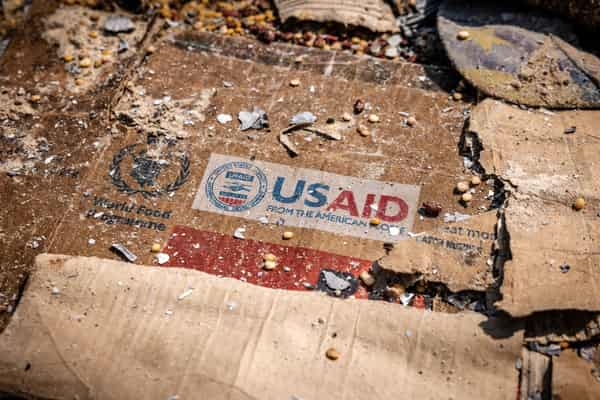
The World Health Organization (WHO) has reported that an unidentified illness has claimed the lives of 53 people in a northwest region of the Democratic Republic of Congo, with many deaths occurring within 48 hours of symptom onset.
The WHO has described the outbreak as “a significant public health threat” due to its rapid spread and high fatality rate.
According to the WHO’s Africa office, at least 431 cases have been recorded since January, with patients experiencing fever, vomiting, diarrhea, muscle aches, headaches, and fatigue.
Health officials revealed that the outbreak was first detected in two villages in Équateur province, with a fatality rate of 12.3 per cent.
Investigators traced the origin of the disease to Boloko Village, where three children under the age of five died after reportedly consuming a bat carcass.
WHO officials stated that, in addition to the common symptoms, these children exhibited signs similar to hemorrhagic fever, including bleeding from the nose and vomiting blood, before succumbing to the illness between January 10 and January 13.
Following the initial cases, four more children from the same village, aged between five and 18 died and by January 27, the outbreak had spread, with ten cases and seven deaths reported in Boloko Village and two cases with one death in the nearby Danda Village.
Less than two weeks later, health authorities were alerted to a second outbreak in yet another village, Bomate Village and by mid-February, the number of infections in Bomate surged to 419, with 45 fatalities, WHO officials confirmed.
WHO investigators have sent 18 samples from affected individuals to the National Institute for Biomedical Research in Kinshasa for analysis.
However, initial tests ruled out common hemorrhagic fever diseases such as Ebola and Marburg. Experts have stressed that “further laboratory testing is critical to identify the causative pathogen,” while noting that the two outbreaks may not be linked.
Health officials have raised concerns about the potential for further spread, citing the remote nature of the affected villages and the country’s weak healthcare infrastructure.
“These factors increase the risk of further spread, requiring immediate high-level intervention to contain the outbreak,” WHO officials said.
In December, a separate unidentified flu-like illness killed dozens in the southwest of the country. Subsequent investigations determined that those deaths were caused by acute respiratory infections and malaria, exacerbated by severe malnutrition.






